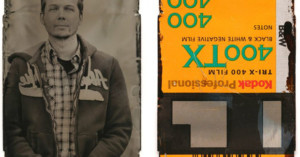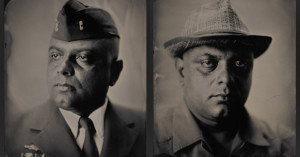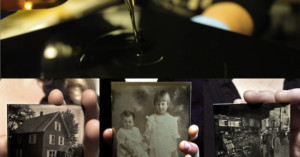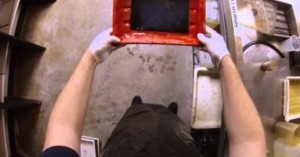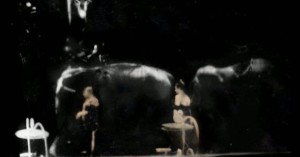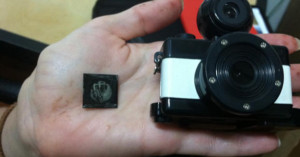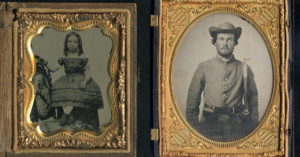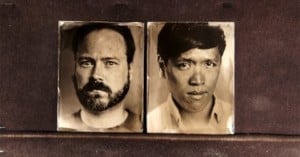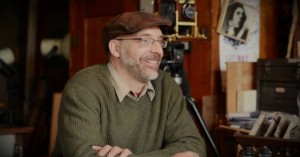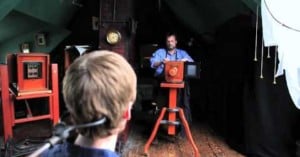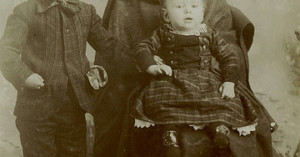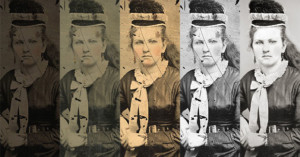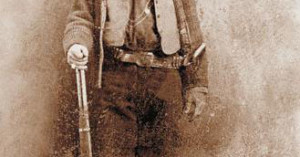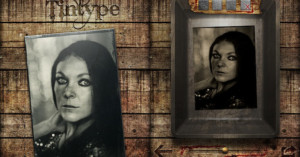
Tintype App Brings the Magic and History of Tintype Photography to iOS
A few days ago, we told you about an app called Koloid that allowed iOS users to capture some of the look and feel of wet collodion photography using their iPhone. The $1 app let you not only take photos, but 'develop' them as well by tilting your phone to run chemicals over them.
The new app Tintype doesn't go quite that far, but when it comes to authenticity, creator Michael Newton has made sure that his app brought the most accurate looking tintype processing possible to the iOS world.
